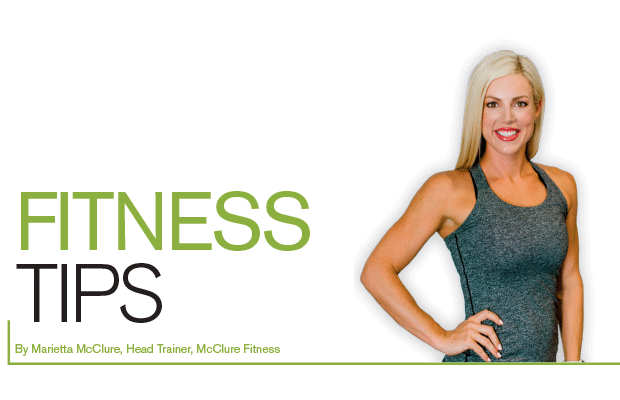Key Component of Consistency

Starting a fitness journey to change your life is an empowering commitment to improving your health. It often begins with two crucial components: calorie counting and regular exercise. Both serve as foundational elements that can guide you toward achieving your fitness goals.
Counting calories is an effective way to become more aware of your eating habits and the quality of your diet. By tracking what you eat, you gain insight into your nutritional intake and can make informed decisions about how to balance your meals. It’s about not just restricting calories but also understanding the need for a balanced diet that fuels your body, enhances your metabolism, and supports your workout regimen.
Incorporating exercise five times a week is another key aspect. This frequency helps establish a routine while allowing for variation in activities to keep you engaged and avoid burnout. Whether it’s strength training, cardio, yoga, or a mix of different modalities, consistent physical activity is essential for boosting endurance, building muscle, and enhancing overall health.
The combination of disciplined eating and regular exercise also has profound benefits beyond physical appearance. It improves mental health by reducing stress, enhancing mood, regulating sleep, raising energy levels, and increasing confidence. As you progress, these workouts will become part of your lifestyle, promoting long-term commitment (and results) to help you stay motivated to be consistent.
Embarking on this journey requires dedication and patience—a lot of patience. It’s important to set realistic goals and gradually build up the intensity and duration of your workouts. Remember, every small step is progress, and consistency is key. Celebrate your victories, learn from setbacks, and stay focused on your path to a healthier you.
To break down the above recommendations, here are some specific suggestions:
Free calorie-counting apps like “My Fitness Pal” let you log what you eat. This is an eye-opening experience if you’ve never tried to keep track of your calories. I’ll never forget one of my clients logging her morning “coffee” from a fast-food place for the first time and being shocked that it had 750 calories.
A good range to shoot for is between 1,500–1,900 calories, depending on whether you’re male or female and what size your body is. A smaller person can hover around 1,500 but a larger person will need to keep a deficit closer to 1,900. Never, ever go below 1,500, EVER.
As far as exercise goes, it’s important to move your body for 45 minutes, five times a week. The kind of movement will depend on what level of fitness you’ve already been doing and what you enjoy. Bootcamp style workouts where you’re getting some cardio and strength training done at the same time are the best use of your time with the quickest results. If you’re older or have mobility issues, then a low impact workout like cycling or a Pilates class is a great option.
The most important component is consistency. One of my go-to sayings is, “We do hard things often and intentionally.” Practice discipline with regular workouts. Practice self-control with your food habits and learn how many calories you’re eating every day.









0 comments